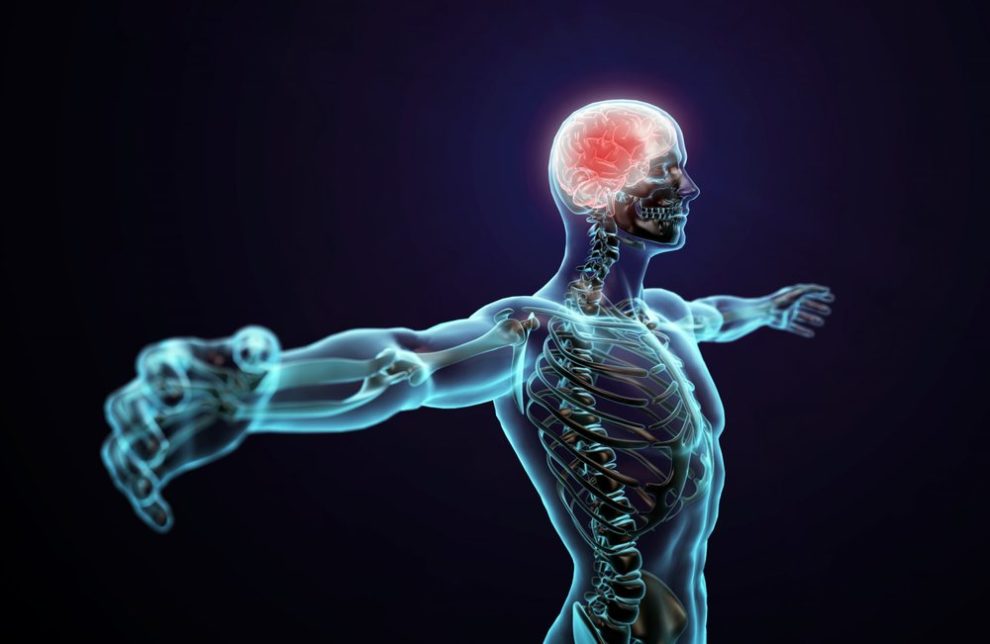Have you ever wondered how your body maintains its delicate balance? Enter the endocannabinoid system. It is a remarkable internal network responsible for regulating various physiological functions.
Within this intricate system, receptors and enzymes work together. But here’s the real kicker: the endocannabinoid system has a star player known as the cannabinoid receptor.
To learn more, keep on reading.
Table of Contents
Understanding the Endocannabinoid System
The endocannabinoid system is like a team of superheroes within your body. It works behind the scenes to regulate essential body functions.
The endocannabinoid system spreads throughout your body. That includes your brain, immune system, and organs. Its main job is to make sure everything runs smoothly, such as the following:
- Controlling your mood
- Managing pain
- Regulating appetite
- Helping your immune system
Endocannabinoids are unique molecules within our bodies. They are like little messengers.
Receptors, on the other hand, are like the receivers. They are located on the surface of your cells, waiting to catch messages.
Enzymes are like cleaners. They are responsible for making sure everything stays balanced. It achieves that by creating and breaking down these messengers.
So, in simple terms, the endocannabinoid system is a team of molecules, receptors, and cleaners. These three work together to make sure your body stays in harmony.
Types of Cannabinoids
Cannabinoids are fascinating compounds found in cannabis plants. They play a remarkable role in both nature and laboratories.
It’s vital to approach cannabinoid use with caution. It would be best to seek advice from healthcare professionals and learn more about them.
First, we have phytocannabinoids. The cannabis plant itself naturally creates these. These compounds can have various effects on the body and mind.
It’s crucial to note cannabinoid effects can vary. Each person may respond differently.
They come in different types, such as the following:
THC (delta-9-tetrahydrocannabinol)
THC is one of the most well-known cannabinoids found in cannabis plants. It’s a special compound that can have effects on our bodies and minds when we consume it.
When people talk about THC, they often mention its ability to make you feel “high” or “stoned.” This is because THC can affect our brains. They change how we think and feel upon use.
THC is the primary psychoactive component of cannabis. That means it is responsible for those mind-altering effects.
However, THC isn’t just about the high. It also has other potential effects on our bodies. For example, it may help relieve pain, reduce nausea, and stimulate appetite.
CBD (cannabidiol)
CBD is another fascinating cannabinoid found in cannabis plants. It’s a special compound that has gained a lot of attention in recent years.
Unlike THC, CBD doesn’t make you feel “high” or “stoned.” It’s non-intoxicating. That means it won’t alter your state of mind similarly.
Many people are interested in CBD because it has the potential to offer various benefits. It can help reduce anxiety, alleviate pain, and many more!
One great thing about CBD is that it comes in different forms. You can find it as oils, capsules, and creams. You can even find them in some foods and beverages.
These different forms make it easier for people to try CBD and see if it works for them. However, remember that CBD products can vary in quality and effectiveness. It’s a good idea to look for products from reputable sources.
Cannabichromene (CBC)
So what is cannabichromene? Like THC and CBD, it is one of the many compounds that give cannabis unique properties. It is a type of cannabinoid found in cannabis plants.
CBC is interesting because it has its own set of potential effects on our bodies. They may have anti-inflammatory properties. That means it can help reduce inflammation in the body.
Additionally, CBC has been found to support brain health. It promoted the growth of new brain cells using a process called neurogenesis. This suggests that it positively affects brain function and overall well-being.
Another exciting aspect of CBC is its potential in pain management. It may work together with other cannabinoids to help reduce pain and discomfort.
Take note that CBC is not psychoactive. It doesn’t produce the “high” sensation often associated with THC.
Since CBC is not psychoactive, it is a favorable option for many people. You can experience the potential benefits of cannabinoids but without the intoxicating effects.
Synthetic cannabinoids
Synthetic cannabinoids are man-made in laboratories. They are aimed to mimic the effects of phytocannabinoids. Remember, they are designed to be similar but not identical.
Cannabinoid Receptor Signaling
Have you ever wondered how cannabinoids interact with our bodies? It’s all about cannabinoid receptor signaling. It is the process where cannabinoids connect with specific receptors in our bodies.
There are two main types of cannabinoid receptors: CB1 and CB2. CB1 receptors are often found in the brain and central nervous system. On the other hand, CB2 receptors are located in the immune system and other body organs.
When cannabinoids bind to these receptors, they can affect our body’s endocannabinoid system differently. THC, for example, is a well-known cannabinoid.
THC binds to CB1 receptors. This can lead to feelings of euphoria and relaxation.
Some people often describe such feelings as being “high.” It’s the main reason why marijuana can affect our thoughts and feelings.
CBD has a more intricate interaction with both CB1 and CB2 receptors. It doesn’t cause the same intoxicating effects as THC. However, it can still have various effects on our body.
So, when cannabinoids like THC and CBD connect with our cannabinoid receptors, they can trigger different body reactions within our endocannabinoid system. It’s a fascinating interplay that affects how we feel and function.
The Impact of Cannabinoid Receptor
Understanding how cannabinoid receptor signaling affects the endocannabinoid system is essential. It helps us recognize the potential benefits and risks of using cannabinoids.
It’s always a good idea to consult with healthcare professionals. They can provide you with the best recommendations for your well-being.
Do you want to find more helpful info? Check out more of our guides on our blog today!




Add Comment